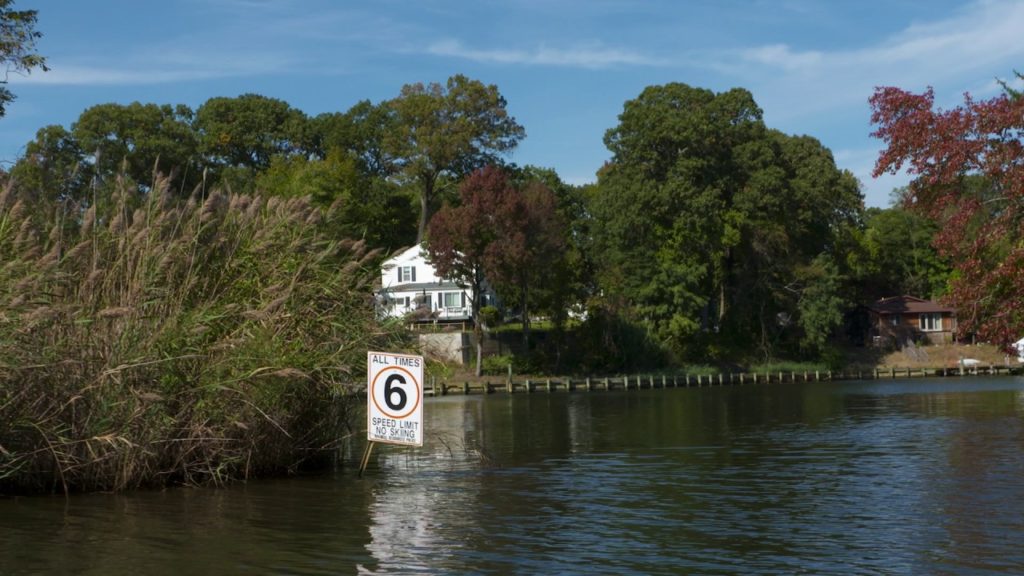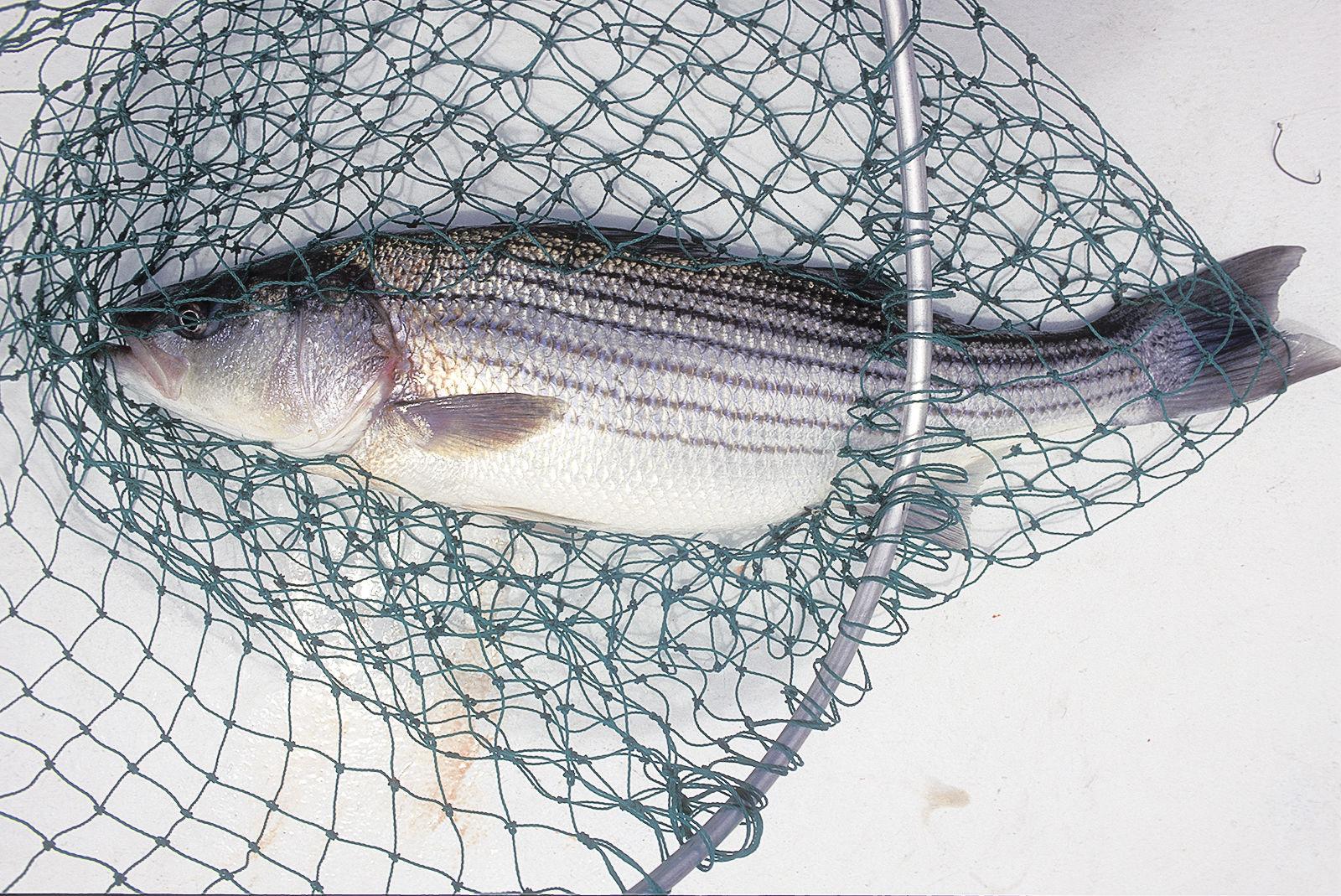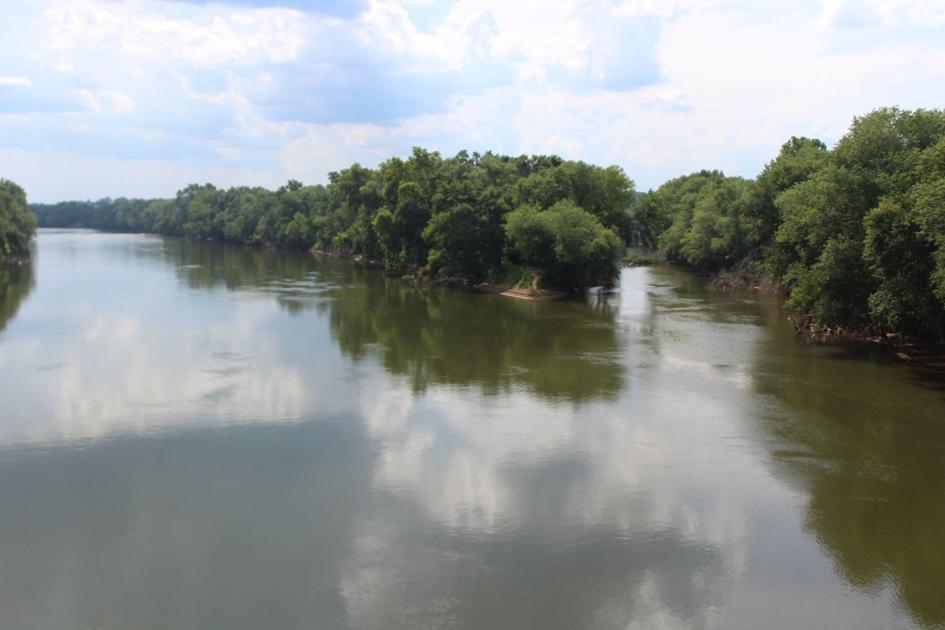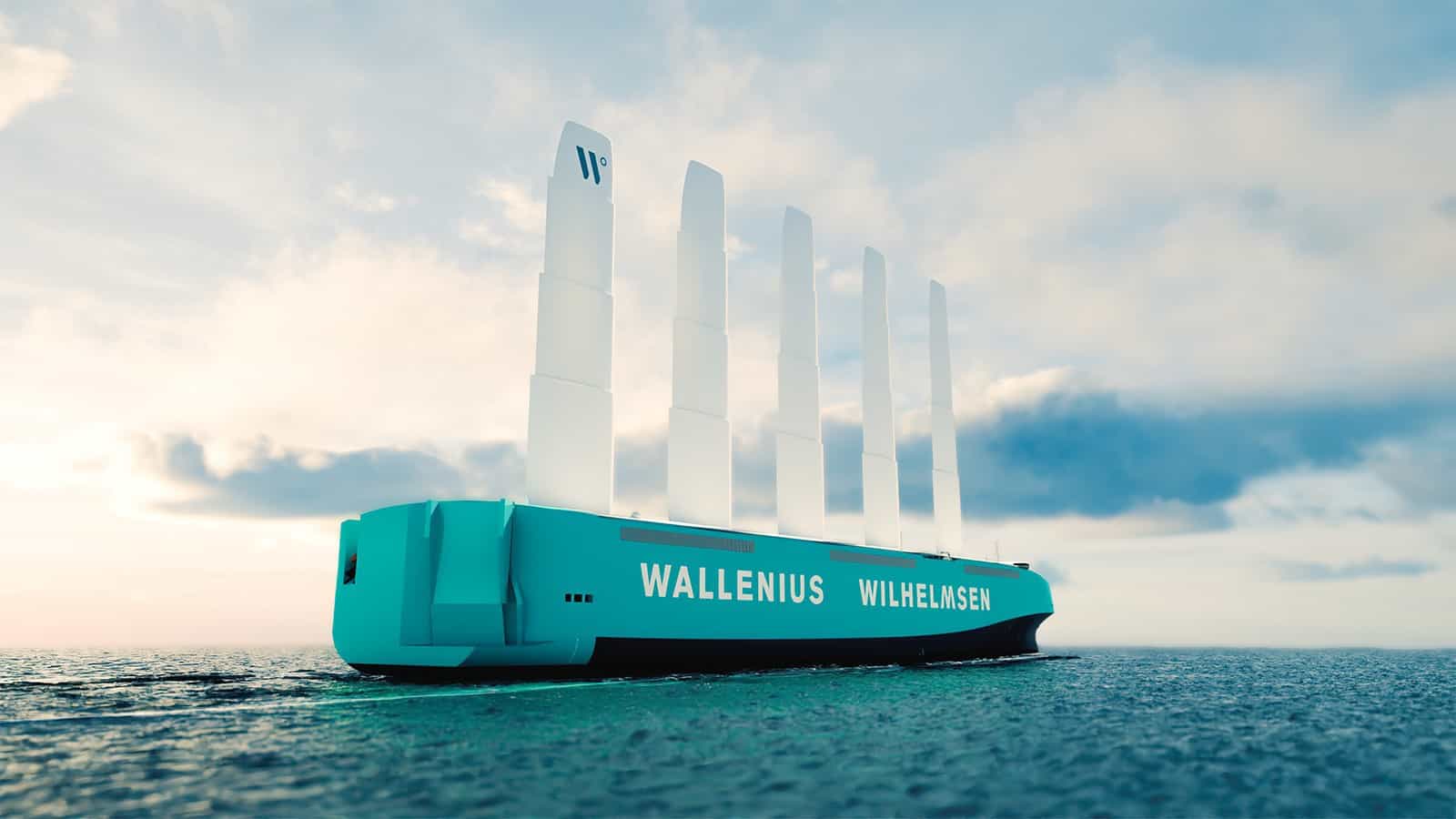The Maryland Department of Natural Resources (DNR) wants your input on three speed limit zone extensions on the Bay’s western shore tributaries: the south Magothy River, the South River proper, and Mill Creek on Whitehall Bay.
DNR is currently accepting public comment on the changes, which include a proposed extension of the 6-knot demarcation zone around the Spring Cove and Forked Creek area of the Magothy River, near Belvedere Yacht Club and Ulmstead Marina.
The move would push the no wake zone roughly 400 feet north and expand it significantly toward the river. DNR’s proposal states that the amount of wake created by powerboats is affecting waterfront property owners, small personal watercraft, and marina residents. But whether the new extension would make a significant difference in the amount of wake is questionable.
“Roughly 90 percent of the Magothy’s 71-mile coastline is already bulkheaded,” says Paul Spadaro, Magothy Riverkeeper and President of the Magothy River Association. “When that much of the shoreline is armored, the river becomes like a billiards table and the amount of wake a boat creates actually increases.”
Spadaro is encouraged by the proposal, however, stating that over the last 25 years he’s been involved with the MRA, the amount of self-propelled watercraft on the river has increased significantly, necessitating greater cooperation by boaters.
“While the Magothy only has two public access points for kayakers, there are a significant number of community-owned properties and beaches along the river,” he says. Many of these communities prioritize water accessibility for their residents, often operating their own sailing and boating programs. It can be challenging for boaters to recognize these areas if they aren’t on the water regularly.
Geoff Gales is the director of the Whitehurst Sailing Club, which instructs children in Optimist sailboats throughout the summer. Gales is also encouraged by the changes in Forked Creek. “The Magothy is pretty small,” he says, “so when a motorboat passes through, no matter where, the paddleboarders, kayakers, and sailboats are impacted by the wake.”
To non-powerboaters, the 6-knot line can seem like a finish line, as boats will race right up to it before slowing down, or hit the gas immediately upon leaving the zone. Gales notes that it’s not simply the powerboats moving into and out of the greater Chesapeake, but also those towing tubers or water skiers. “Water skiers are unpredictable,” he says, “and
they love going in and out of creeks. When you have a fleet of children sailing and they come roaring in, you can never predict what they’re going to do.”
The Magothy is not the only area under consideration for further speed limit assessments. Within Whitehall Bay, the DNR is considering extending the no-wake zone inside Mill Creek, moving the demarcation line by some 235 yards into the main stem of the waterway. Again, property damage and potential injuries are noted as the reasons for the change. This regulation would only be enforced on weekends and holidays, and not year round.
On the South River in the area of the Riva Bridge, the 6-knot speed limit exists only on weekends and holidays during the boating season; a proposed action would create a full-time speed limit. The DNR admits that currently the difference between the area of the Riva Bridge, where the speed limits are enforced part-time, and the Route 2 Bridge, where speed limits are enforced at all times, is confusing for boaters as well as dangerous. The proposed action would reduce property damage and potential injuries as well as create consistency.
Public comment is invited through September 27th by emailing [email protected]. A public hearing has not yet been scheduled.
-Duffy Perkins




